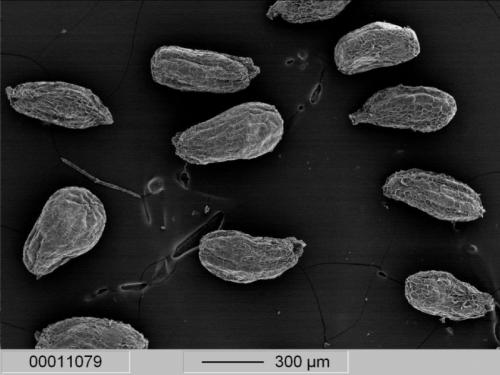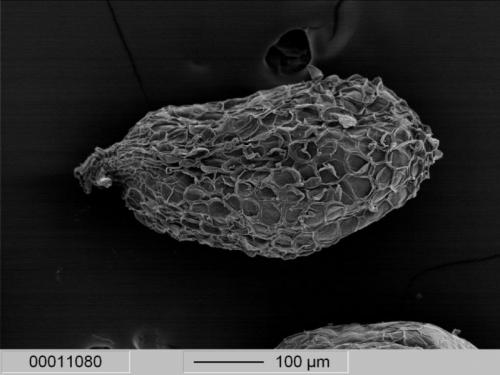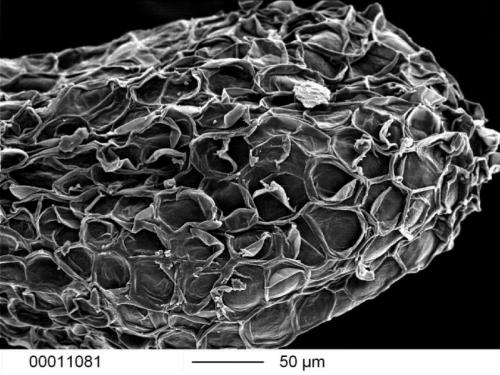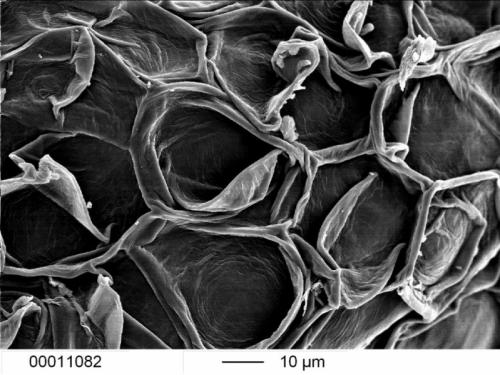BIFIDA Schlechtendal, 1839
Synonyms :
Cotyledon bifida (Schlechtendal) Hemsley (1880)
Echeveria bifurcata Rose (1909)
Echeveria erubescens Walther (1972)
Echeveria tenuifolia Walther (1972)
Series Angulatae
Type : Ehrenberg 546, collected between Regla and San Bartolo, Hidalgo, Mexico, in 1835.
Etymology : Referring to the often branched inflorescences.
Distribution : "The plant grows in the drier mountains and canyons west of the summits of the Sierra Madre Oriental, from southwestern Tamaulipas southwestward across central San Luis Potosí to Guanajuato and south to the Barranca de Metztitlan in eastern Hidalgo" (C.H. Uhl, Haseltonia 6, 1998).
First Description by Schlechtendal in Linnaea 13: 411. 1839 :
Echeveria bifida n. sp. glabra glaucescens, foliis rosulatis rhombeo-lanceolatis mucronatis, caulinis subteretibus, racemis geminis secundis.
Description by Reid Moran from a plant collected near the type locality :
Caudex 5 cm tall, 4 cm bare, 1.5 cm thick, reddish between the light brown leaf scars.
Rosette 9 cm wide, of 28 leaves.
Leaves obovate, ± rhombic, acute and apiculate, to 4 cm long, 2.5 cm wide above, 6 - 7 mm thick, at first purplish and slightly glaucous, becoming ± olive green, the base ca 9 - 11 mm wide.
Floral stems 16 - 20 cm tall, 7 mm wide at the base and 5 mm thick just above, light green, slightly glaucous, with 27 ascending leaves, a little more crowded towards the base. Leaves elliptic-lanceolate, short-apiculate, subterete, the lowest 3.5 cm x 7 - 10 mm x 4 - 6 mm, the upper ca 15 x 5 x 2.5 mm.
Flowers 8 - 18 per cincinnus, pedicels 2 - 3 mm long,1.5 - 2.5 mm thick at the base, thicker above.
Sepals widespreading or somewhat reflexed, 3 - 11 mm long, 2 - 4 mm wide, 1 - 2.5 mm thick, disk 4 - 7 mm wide.
Corolla 10 - 13 mm long, 6 - 8 mm thick, pink with no yellow on outside, pentagonal, the sides nearly flat except for the projecting keels. Petals connate ca 4 mm, to 4 mm wide.
Cytology : n = 12
1. Walther (1972) recognized 3 other species distinct from E. bifida :
- E. bifurcata,
- E. erubescens,
- E. tenuifolia.
The descriptions of the latter two were made from plants in cultivation with unknown origin, which means they are of no use anyway. Remains E. bifurcata which differs from E. bifida mainly in the colour of the corolla - which of course does not justify the status of a distinct species.
Walther's own description of E. bifida is made from a plant of unknown origin, so is of no use.
2. The flower photo Fig. 39 in Pilbeam, The genus Echeveria, p. 60, 2008, by B. Kemble, is misleading : The flower of E. bifurcata (synonym of E. bifida) is pale yellowish in the lower third – and not whitish – and pinkish to reddish above – not dark red.
---------------------------------------------
Note :
1. Walther a reconnu trois autres espèces différentes d'E. bifida :
- E. bifurcata,
- E. erubescens,
- E. tenuifolia.
Les descriptions des deux dernières ont été exécutées de plantes en cultivation origin inconnue, càd inutiles. Reste E. bifurcata. Elle diffère d' E. bifida surtout par la couleur de la corolla, ce qui ne justifie évidemment pas le statut d'une espèce distincte.
La description de Walther d' E. bifida a été faite d'une plante sans origine, càd inutilisable.
2. La photo de la fleur réalisée par B. Kemble, dans The genus Echeveria, p. 60, fig. 39, 2008, de Pilbeam, est trompeuse : la fleur d'E. bifurcata (synonyme d'E. bifida) est jaune pâle dans le tiers inférieur – et non blanchâtre – puis rosée à rougeâtre en haut – et non rouge foncé.
In habitat :
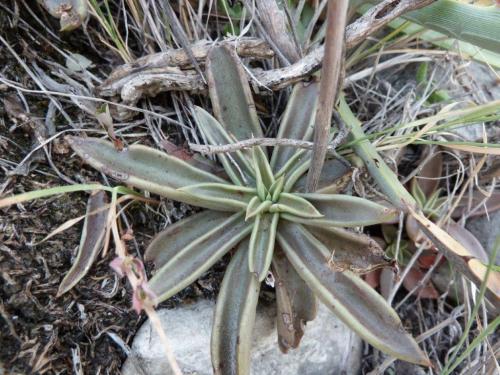
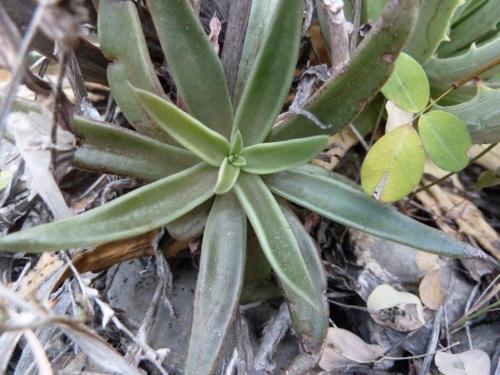
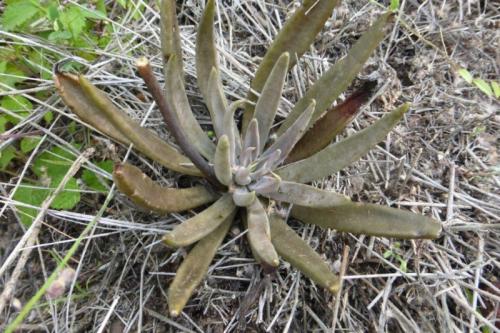
Photos Gerhard Köhres
Plants in cultivation - different forms :
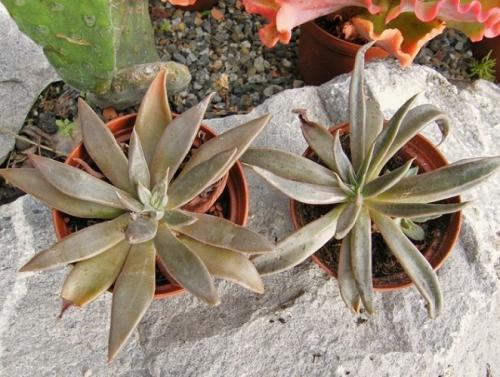
E. bifida, Zimapan, HGO and E. bifida, Sta Maria Mexicano,QRO
Photo Emmanuelle Aubé
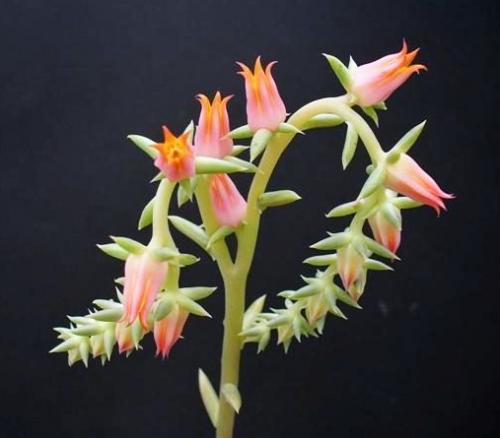
E. bifida, Guanajuato :
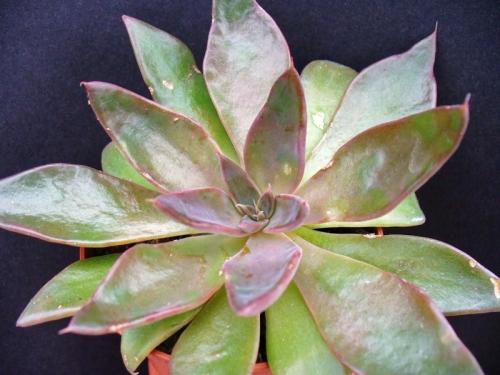
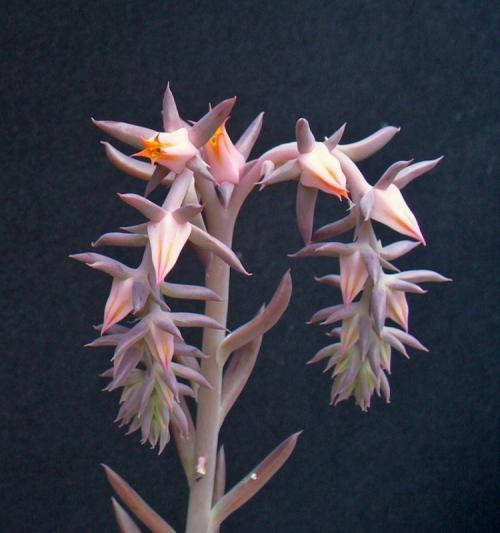
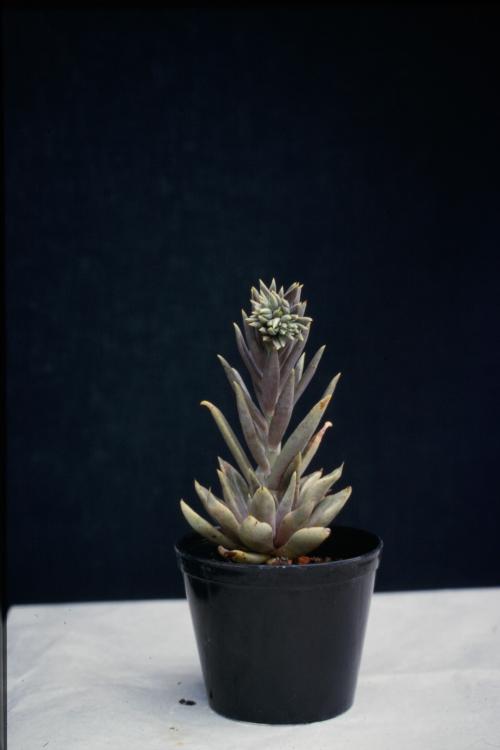
Photo Joop van Keppel
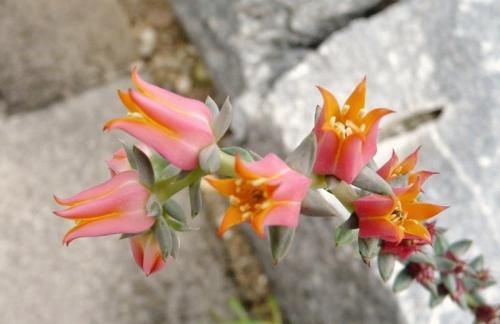
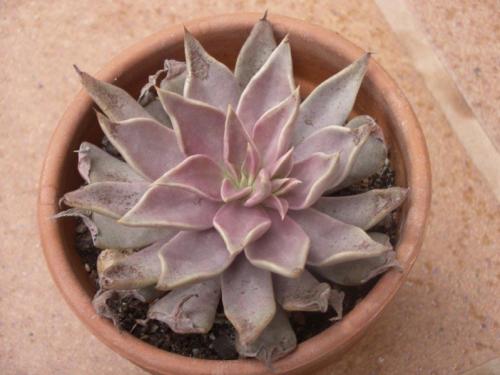
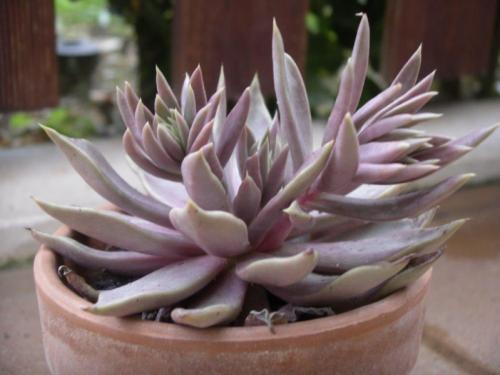
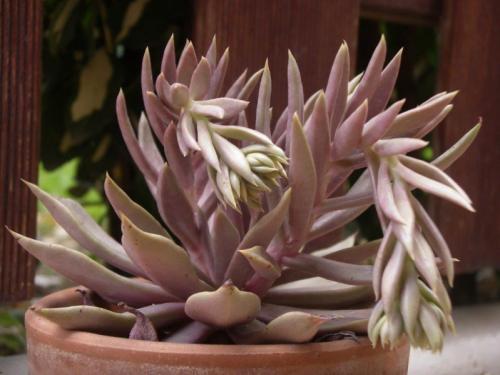
The colour of the flowers identifies this plant as the former E. bifurcata :
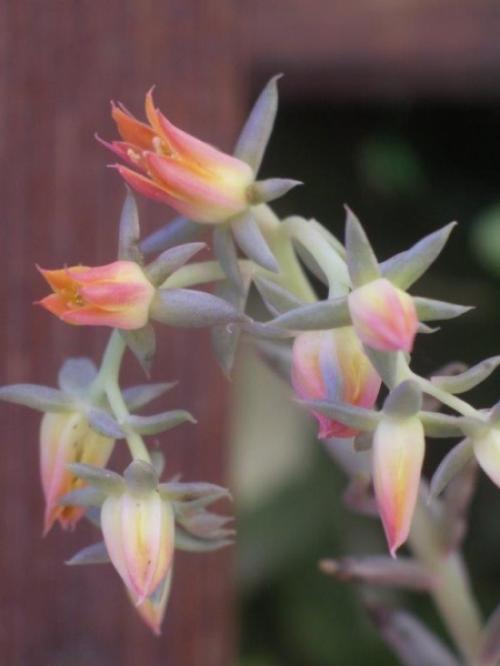
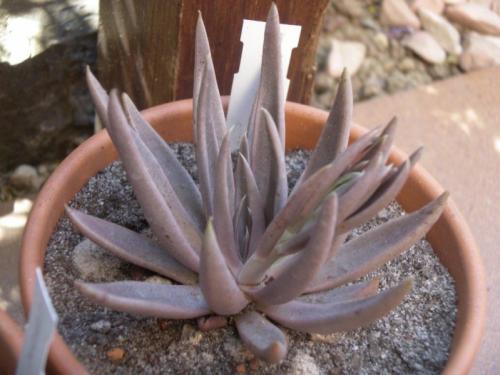
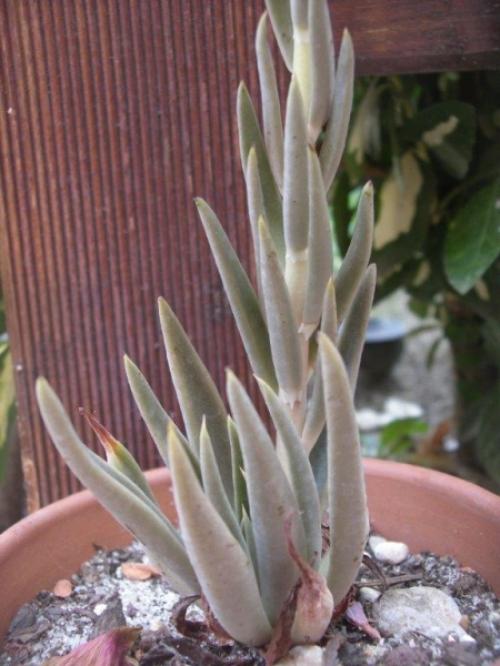
Again the former E. bifurcata :
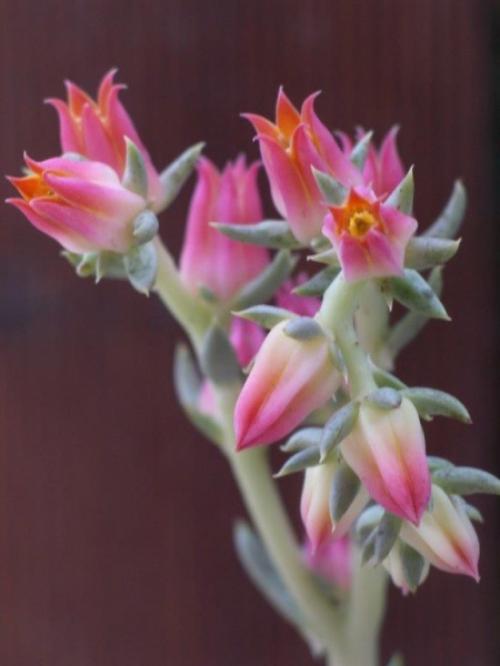
Photos Mateo Lichtenstein
E. bifida, Xichu :
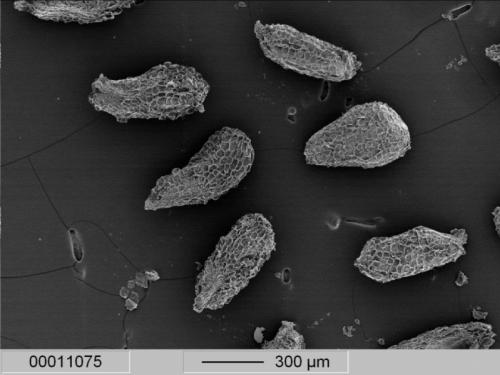
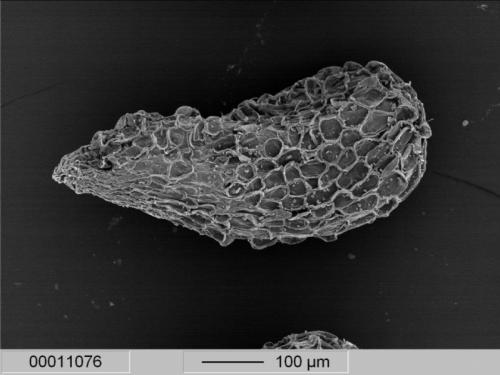
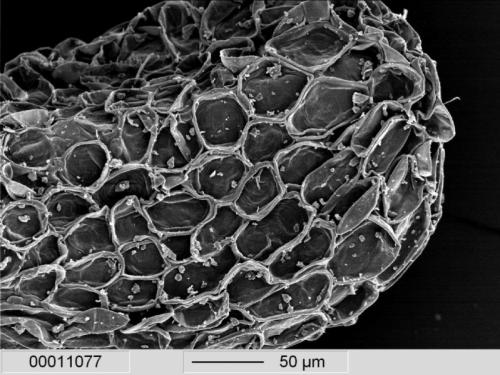
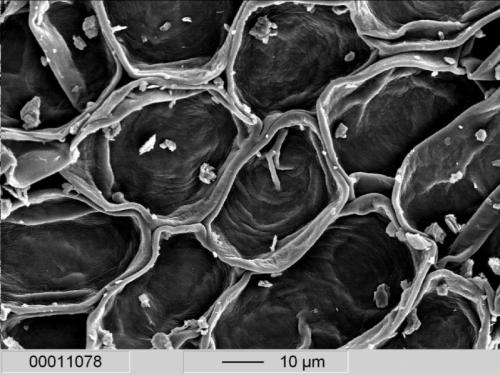
E. bifida, Zimapan :
